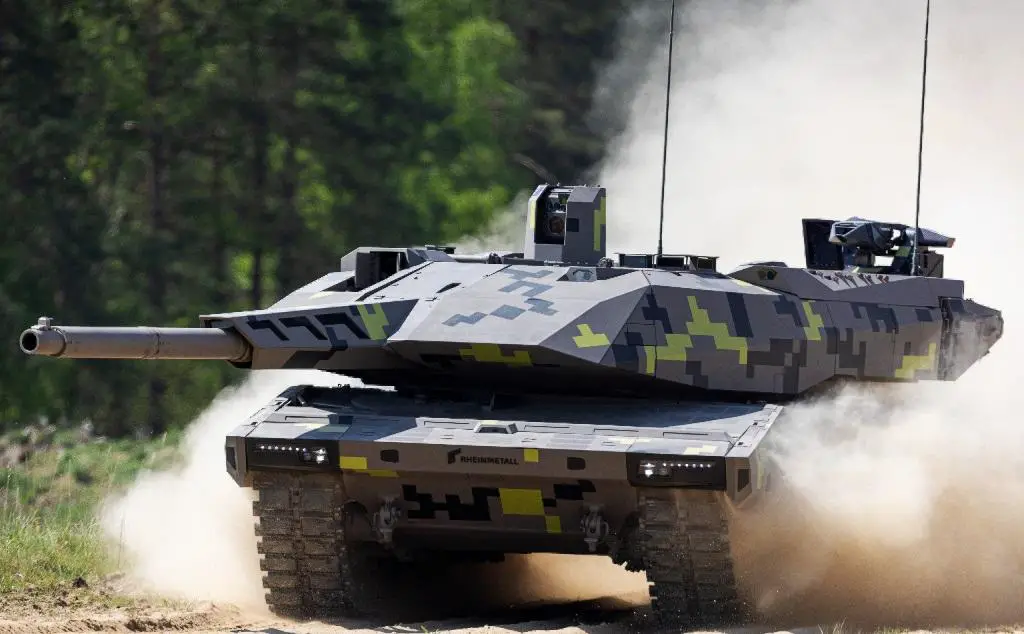The European Defence Agency (EDA) has launched a new project to establish a safe-communication extension for NATO Generic Vehicle Architecture (NGVA) in terms of functional safety. The project which will run over 24 months with a €3,5 million budget, is the first step in a series of Safe NGVA projects that eventually aim to develop and test physical demonstrators in relevant environments in the second and third phases. Led by Germany, the first phase of SafeNGVA also includes France. It will be carried out by a consortium led by Germany’s Rheinmetall and involves MBDA DE, also of Germany, and Safran, Thales and Nexter of France.
Generic architectures are open systems to other entities and give access to data that are usually hidden in proprietary systems. As these systems are becoming more common and widely used in military vehicles, safety is one part of the NGVA that is not defined to an implementable depth. The Safe NATO Generic Vehicle Architecture (SafeNGVA) project proposes to solve the issue by providing separate safe, but closed, sub-systems or infrastructure that is accessible by other participants in the architecture by one-way-gateways. SafeNGVA in its first phase will seek to define the requirements and design a system architecture for safe communication using the NGVA.
The architecture will be validated by different techniques such as performance to robustness tests, to ensure the architecture is conceptually capable of covering all necessary needs for function safety in military vehicles, and a demonstrator and simulation environment for some elements of the NGVA, to provide an implementation close to a real use case. As one of the main goals of the NGVA is to improve interoperability, a demonstration for interoperability between the member states will be performed. In the second and third phases, the results of SafeNGVA will be used to improve the architecture and validate it further by developing demonstrators for steering a tactical vehicle and by creating a weapon system demonstrator using safety critical hardware and software solutions.
As a project managed by EDA, the initiative can be co-funded by Member States and additional participants can opt in. The European Defence Agency (EDA) is an agency of the European Union (EU) that promotes and facilitates integration between member states within the EU’s Common Security and Defence Policy (CSDP). The Agency has become the ‘hub’ for European defence cooperation with expertise and networks allowing it to the whole spectrum of defence capabilities. The EDA is headed by the High Representative (HR/VP), and reports to the Council. The EDA was established on 12 July 2004 and is based in the Kortenberg building in Brussels, Belgium, along with a number of other CSDP bodies. All EU member states take part in the agency except Denmark. The Danish parliament has adopted a proposal in favour of the country participating in the EDA.















